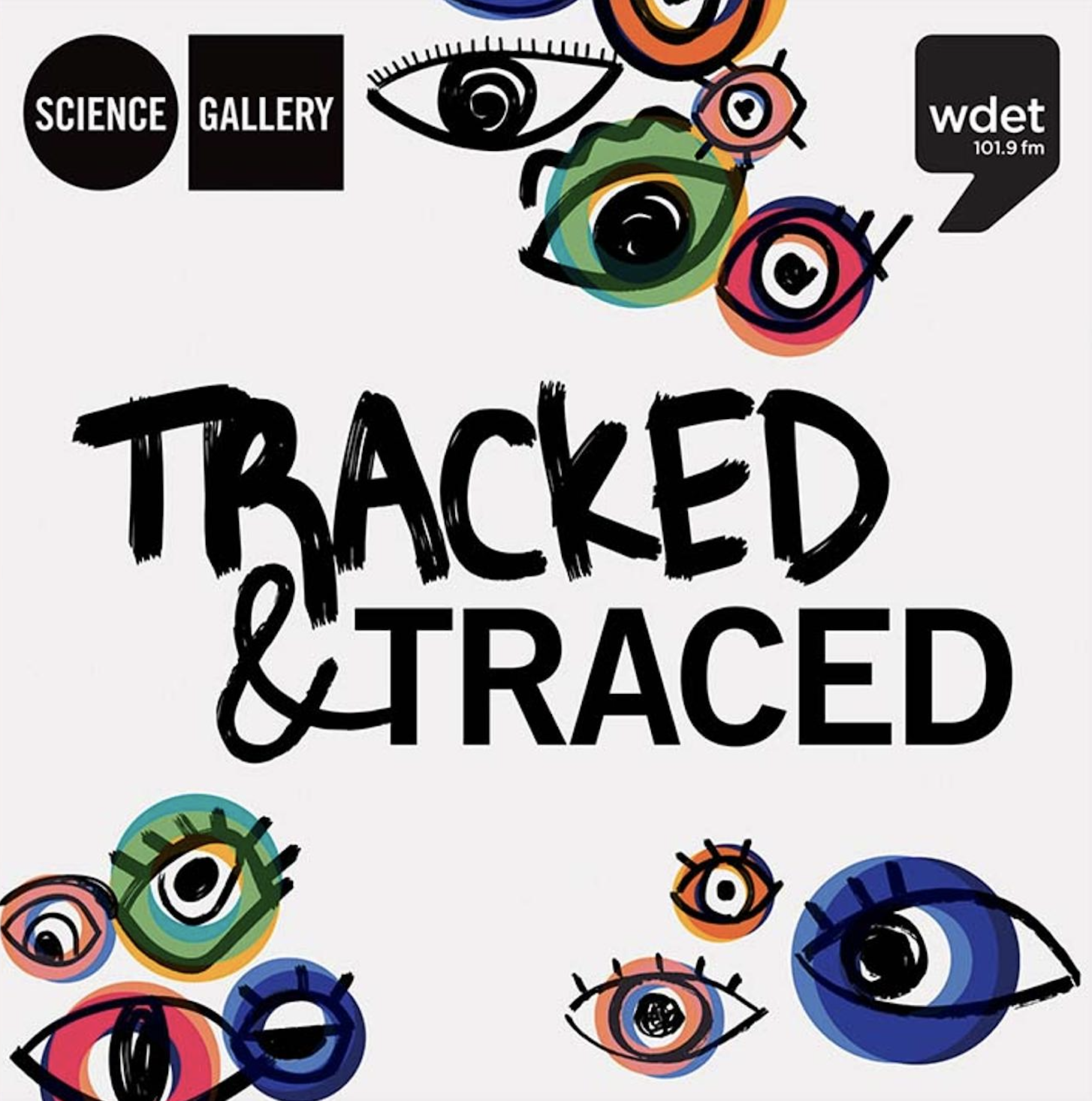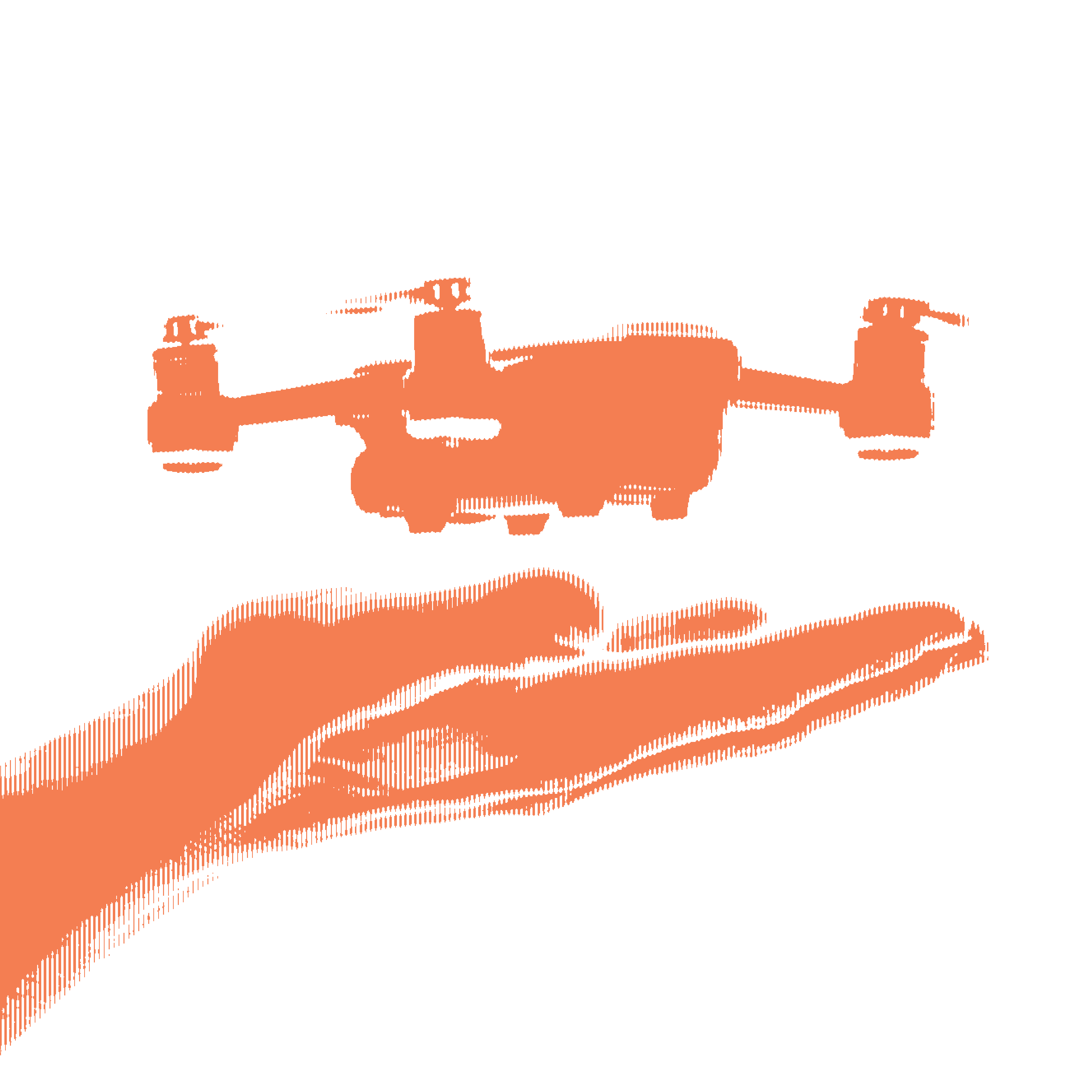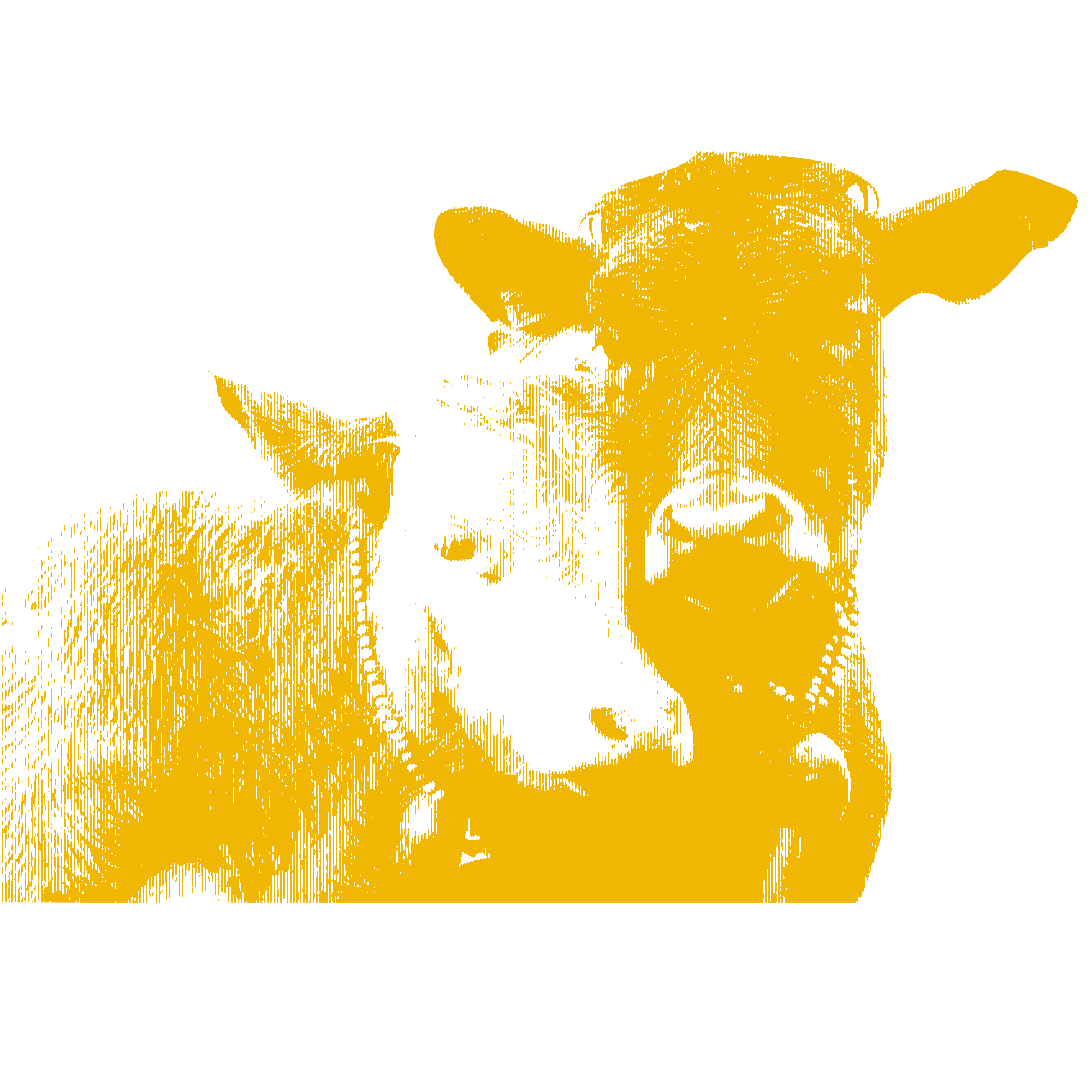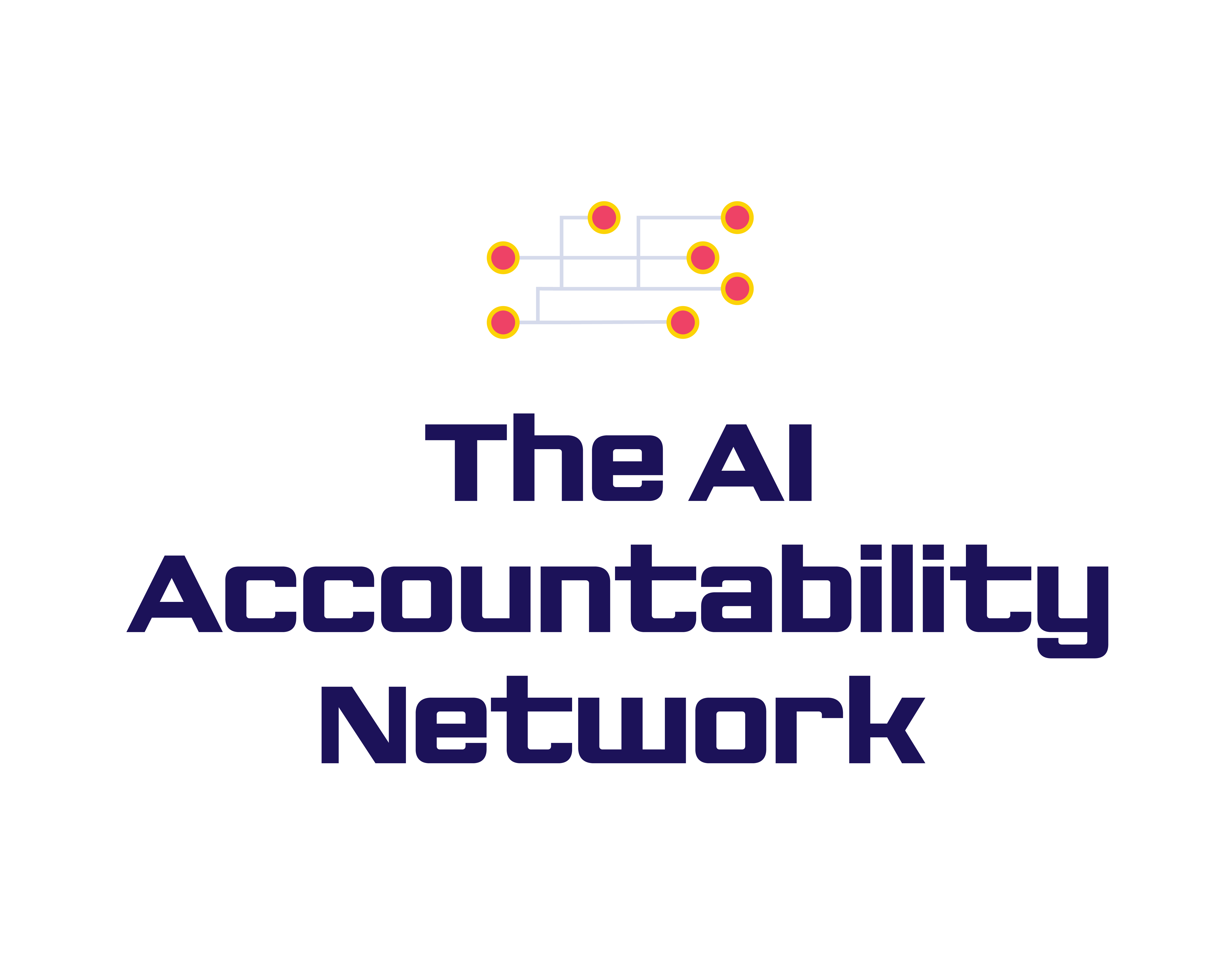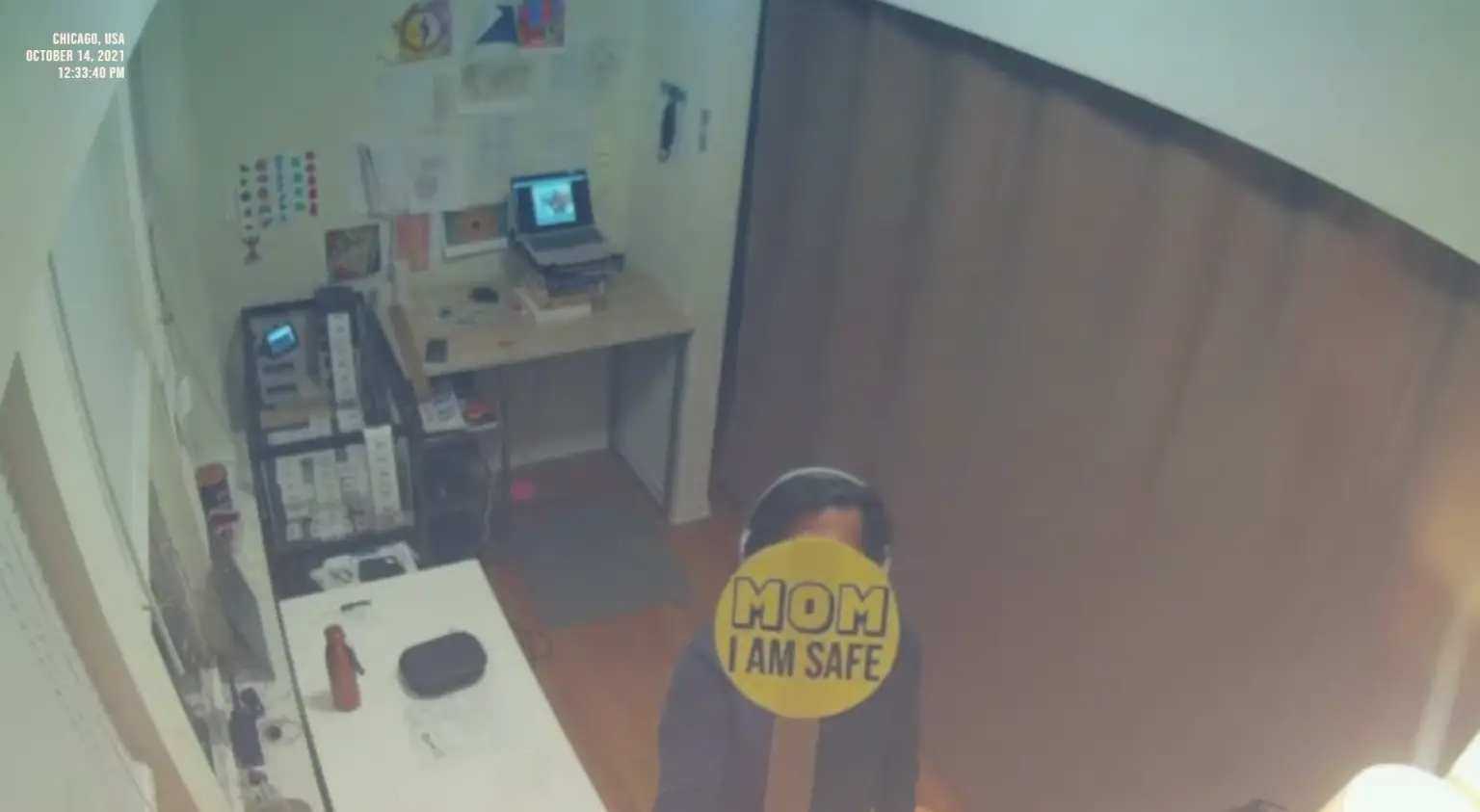
In this episode of “Tracked and Traced,” Shanmin Sultana interviews Amay Kataria and Yllah Okin on their wildly different experiences with livestreaming their lives. Plus, artist Hasan Elahi discusses the role of sousveillance in modern society.
In this episode:
- Defining “sousveillance,” the recording of an activity by its participant
- Amay Kataria on his livestream performance art, "momimsafe"
- Yllah Okin tells the story of accidentally going viral after criticizing plastic use in Japan
- Hasan Elahi explains why he decided to surveil himself for the FBI following 9/11

As a nonprofit journalism organization, we depend on your support to fund more than 170 reporting projects every year on critical global and local issues. Donate any amount today to become a Pulitzer Center Champion and receive exclusive benefits!
Have you ever wondered who the first livestreamer was?
Jennifer Ringley, better known as Jenni, was the first person to livestream her life. It was 1996. She was your typical 19-year-old college student, filming her uneventful college dorm life in Pennsylvania with a computer webcam 24/7. Ringley’s site got 7 million views in one day at its peak, which is an impressive number for the 1990s. She even appeared on David Letterman.
Jennicam is a distant memory now, and Jennifer Ringley has since gone completely offline, but it’s incredible to think how far we’ve come.
But, what happens when we turn the cameras on ourselves, like Jennifer Ringley did? When we invite other people to watch us? Can we actually strengthen the bonds that tie us?
Sousveillance as a solution
Chicago-based visual artist Amay Kataria isn’t a very public person on social media. But, when the first COVID-19 lockdown touched base in Chicago in March 2020, he faced a problem that compelled him to livestream for the first time.
Kataria’s studio was closed due to COVID, so he was confined to his apartment for the foreseeable future until cases went down. His parents in India started getting worried, wishing they could see him more often.
So, Kataria got to work and set up a makeshift livestream. He put up a wide-angle camera in the corner of his living room, inviting his parents in India to check in on him via the livestream, 24/7. He would soon share it with his more distant relatives, and eventually the whole world for about a month.
At first, Kataria had no idea what to expect, and it took a while to adjust to constantly seeing himself on the internet.
“And in the beginning it was actually a little strange,” says Kataria.
“And I felt extremely vulnerable when I was in this project firstly because I didn’t really know what the reaction would be like. It’s almost like looking at yourself in the mirror, constantly.”
Eventually, he got used to the camera. The discomfort he felt gave way to a new perspective on self-surveillance.
“I think that it was an interesting use of surveillance because normally in surveillance the observer and the observed are two different things. Here, the observer and the observed both kind of dissolved eventually when they both are the same,” he says.
What Kataria is describing here is sousveillance, which literally translates to “watching from below” in French. The prefix “sur” meaning above, is replaced with “sous.” Canadian engineer Steve Mann defines sousveillance as “the recording of an activity by the participant in the activity.”
Multidisciplinary artist and researcher Hasan Elahi describes it as “… if surveillance are the “watchers,” sousveillance is “watching the watchers.”
Like Jennifer Ringley, Amay Kataria’s life is very much offline since his short stint in livestreaming came to an end.
But, for your average YouTuber or streamer, what happens when you invite people in, to watch you from anywhere? What happens when you go viral?
Virality gone wrong
Content creator Yllah Okin — known as Crazyllah on YouTube, Instagram and TikTok — is an environmental science student living in Japan. She’s originally from Kinshasa in the Democratic Republic of the Congo.
In 2021, Okin posted a TikTok video about excessive plastic packaging in Japan. As with many of her videos, she wanted to raise environmental awareness. But this time, her video got a lot more attention than usual.
On this particular day, Okin was recording herself doing everyday things: waking up, taking the train and grocery shopping.
But she noticed something unusual about the way her meat was being packaged.
“So I’m recording piece by piece,” says Okin. “And while I’m recording this, I’m noticing that the guy is adding plastic packaging over and over and over, I’m like, wait, what is going on? Every time I’m thinking it’s over, he adds another one and then adds some piece of ice and then adds another one. I don’t know what’s going on. I was like this is a lot of plastic, I want to see what people think of it, I want to see if it’s only in my mind that this is overuse.”
So she did what any environmentally conscious influencer would do — she posted the video on TikTok.
“So when I posted it I expected it to be like my YouTube because people don’t really care about environmental stuff there and TikTok was for entertainment, the same as YouTube. So let me just see what it is, I don’t know. And then the second day, so 500,000 views! I’m like ‘What is going on here?’ says Okin.
Views on the video didn’t stop there. Within a few days, they hit a million, then 2 million, then 3 million views.
“And you can imagine what the comments section looked like,” says Okin.
Okin doesn’t read Kanji — Japanese characters — so her friend read most of the comments for her. But some were in English.
“They were like, ‘yeah if you don’t like Japan, just leave Japan. Anyway, we don’t, we don’t use much plastic because we recycle it.'”
Japan does recycle some of its plastic, about 14%. But, it also burns a large portion of it to produce heat and electricity, about 58%, in a process called thermal recycling.
“So they called me ignorant,” says Okin.
“They [said] get out of this country and some people were like, ‘I’m shocked that a Black person in there talks about stuff like this. You’re criticizing Japan and you’re Black! How dare you?’”
For the most part, Okin says she laughed off a lot of the negativity, but some of it got to her. The tipping point was when other videos she posted with her face on them got hateful comments, too.
“I decided to erase everything that was showing my face. I left, only the video without my face,” says Okin.
“I know that racism, even if you try to avoid it, you can avoid something about science because these are facts. But when it comes to your race or your appearance, it affects you straight away because you cannot change it, that’s who you are. And I think from these videos, I started deleting them because that was getting under my skin.”
Because the backlash was now spilling over into her other accounts, Okin erased the video and decided to separate her accounts. One for personal use that she would actually appear on, and another new account where she would only talk about environmental issues, but never show her face.
When asked if she has advice to other YouTubers or livestreamers, Okin says drawing boundaries between online and real life is important.
“The line is very blurry. And when it comes to privacy, people shouldn’t forget that we are, at the end of the day, we influencers are the ones who choose what they want to present or not. It’s your choice, you make it. You really need to be prepared about the consequences that can happen.”
Tracked and Traced is supported by the Pulitzer Center, the Community Foundation for Southeast Michigan and MSUFCU.


